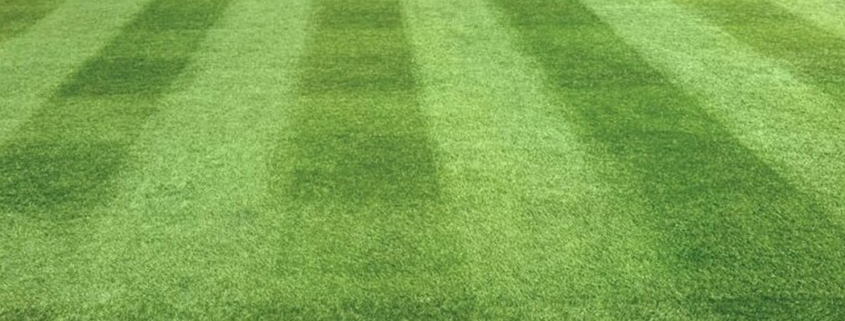New build lawns and the failure that may await you
New build lawns and the failure that may await you: The Lawn Association team know that newly built homes often come with a delightful facade, promising a fresh start and a dreamy new lawn to complement the picture-perfect scene.
However, the reality often falls short, with lawns that seem to die off and disappear faster than paint dries on the walls. It’s a persistent headache for builders and a constant disappointment for homeowners.

New build lawns and the failure that may await you
The lawn, though seemingly just a patch of grass, holds more weight than one might think in shaping a homeowner’s perception of their new home. It’s that final touch, the cherry on top, if you will. But in the realm of new builds, this first impression seldom lasts long. Instead, what greets new homeowners is a lawn in a state of rapid deterioration, prompting either frequent replacements or resorting to the unsightly solution of plastic turf within a mere twelve months or less.
So, what exactly leads to this sorry state of affairs? Is it the presumption that laying turf is a simple task? Perhaps the assumption that building a lawn is a straightforward affair? Or maybe it’s the mistaken belief that the turf provided is of the correct species type, grass is just grass isn’t it? Regrettably, it’s often a combination of all three. Despite this common knowledge that new build lawns are prone to failure, the underlying causes remain elusive.
There are many things to consider when thinking of laying new turf (the choice of turf being the first), just some of these are as follows:
Time of year:
Turf can be laid 12 months per year, but care should be taken during inclement weather periods. Be prepared in the first 7-10 days for periods where you may need to soak the turf. Ensure you have sufficient water supply and labour.
Speed of laying:
Spring and summer: within 1-6 hours of delivery. Autumn and winter: within 24 hours of delivery.
Weather conditions:
Turf can be laid in many weather periods. If ground conditions are suitable (well drained) then it can occur on wet days. It can be laid during frosty periods, especially when the turf and soil are suitably thawed. Prior to being laid during hot and dry weather, ensure first that you have the correct watering requirements, e.g. water pressure, hose length, sprinkler etc. Do not lay during periods of snow unless just a light flurry that will thaw quickly.
Here’s where we come in – we not only understand the issues at hand but also possess the expertise to offer viable solutions. It’s high time that real experts are consulted to rectify this perennial problem. If only the industry would turn to those with the know-how, perhaps we could finally put an end to this cycle of disappointment and plastic lawns.
For more help on how you can offer your lawn sensible, sustainable lawn care why not try the Lawn Association Online Course, to register go to :
https://lawnassociation.org.uk/register/lawn-care-level-1-online-training-course/
Our core mission at the Lawn Association is to make accurate lawn care information readily available via our website and through our Free Membership Scheme for gardening enthusiasts.
Go to the @LawnAssociation Facebook page to join the Lawn Enthusiasts Group, and get free association membership via the website, www.lawnassociation.org.uk
For the latest industry news visit landscapingmatters.co.uk/news
Get all of the big headlines, pictures, opinions and videos on stories that matter to you.
Follow us on Twitter and Instagram for fun, fresh and engaging content.
You can also find us on Facebook for more of your must-see news, features, videos and pictures from Landscaping Matters












